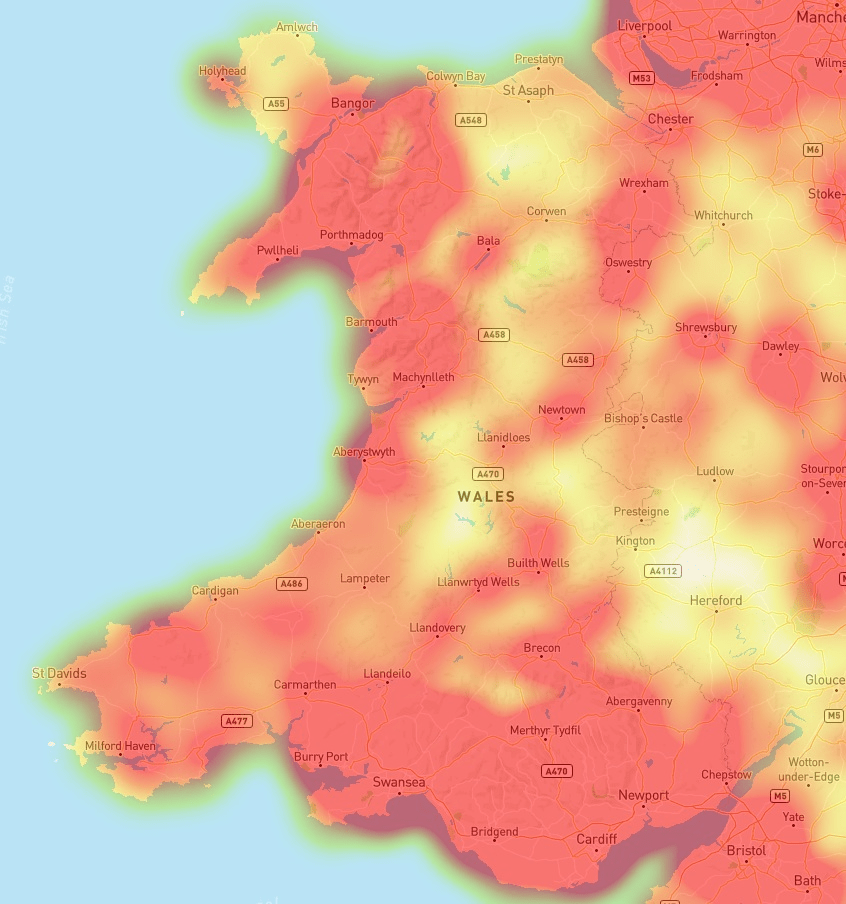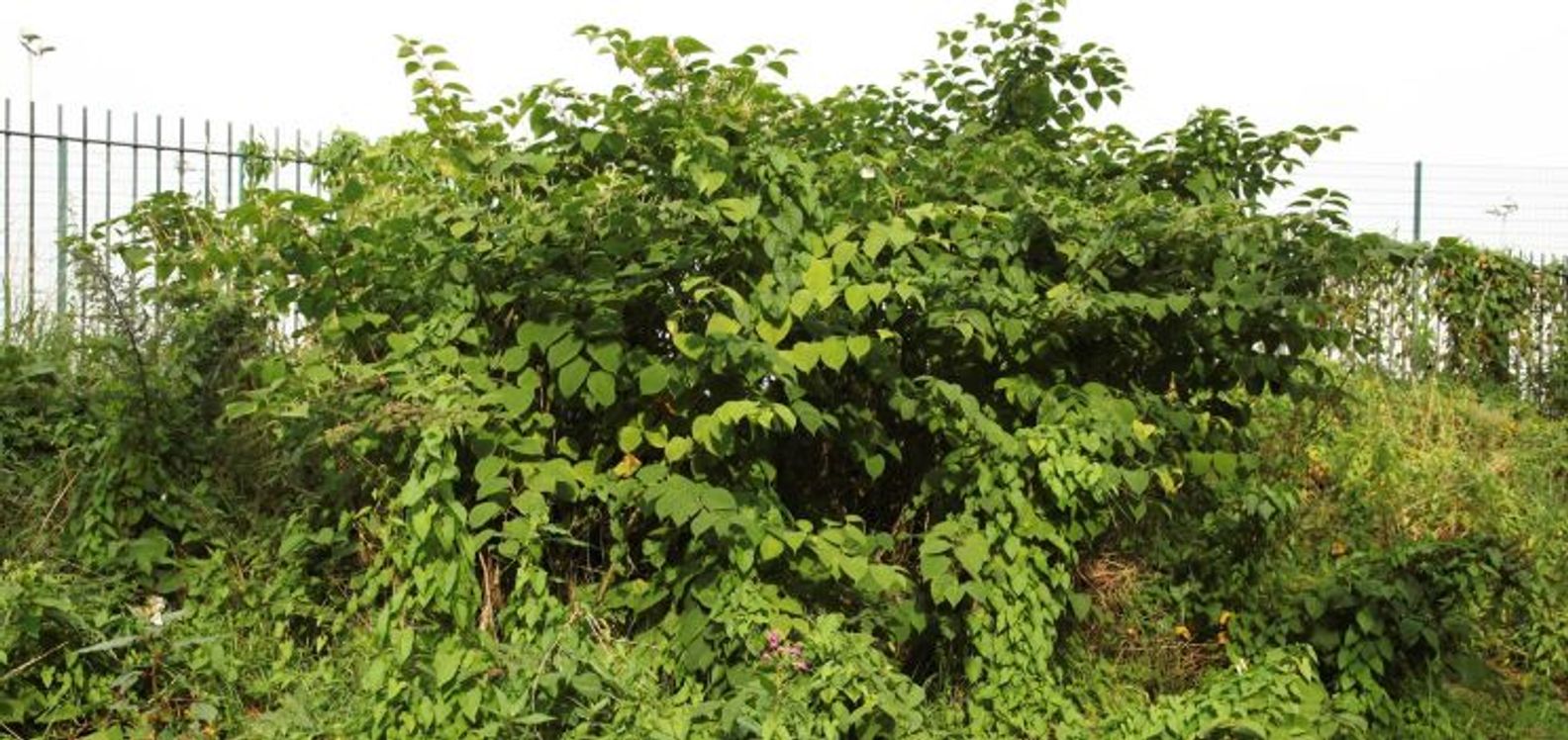Homeowners across South West Wales are being urged to check for Japanese knotweed infestations as the invasive plant enters peak growing season — with new data showing Swansea, Neath and Llanelli among the worst-hit areas in the country.
According to the latest figures from the UK’s largest online tracker, Exposed: The Japanese Knotweed Heatmap, Wales has recorded 31,338 verified sightings of the plant — a rate of 3.9 incidences per square mile, more than triple the density seen in England.
The top 10 Welsh hotspots for 2025 include:
 2025 Japanese knotweed hotspots in Wales
2025 Japanese knotweed hotspots in Wales
(Image: Environet)From prized ornamental to invasive menace
Japanese knotweed was first introduced to the UK in the mid-19th century by German botanist Philipp Franz von Siebold, who brought it to Kew Gardens in 1850 as an ornamental plant. Its rapid growth and resilience made it popular with Victorian gardeners and even earned it a gold medal from the Society of Agriculture & Horticulture in Utrecht in 1847.
But without natural predators, the plant quickly spread across the country. Its underground rhizomes — capable of growing up to 3 metres deep and 7 metres horizontally — allowed it to outcompete native species and colonise urban areas, riverbanks and railway embankments.
Today, knotweed is one of the UK’s most notorious invasive plants, with an estimated £250 million annual cost to the economy. Its presence can reduce property values, complicate mortgage approvals, and lead to legal disputes between neighbours.
What to look for — and what to do
Knotweed is currently in full growth mode, with bright green heart-shaped leaves, pink-flecked stems, and bamboo-like canes. Mature plants typically flower in August, producing clusters of small white blooms.
Residents can check their local risk level by entering their postcode into the Japanese Knotweed Heatmap, and report new sightings using the Add Sighting feature. Suspected infestations can also be emailed to expert@environetuk.com for free identification.
